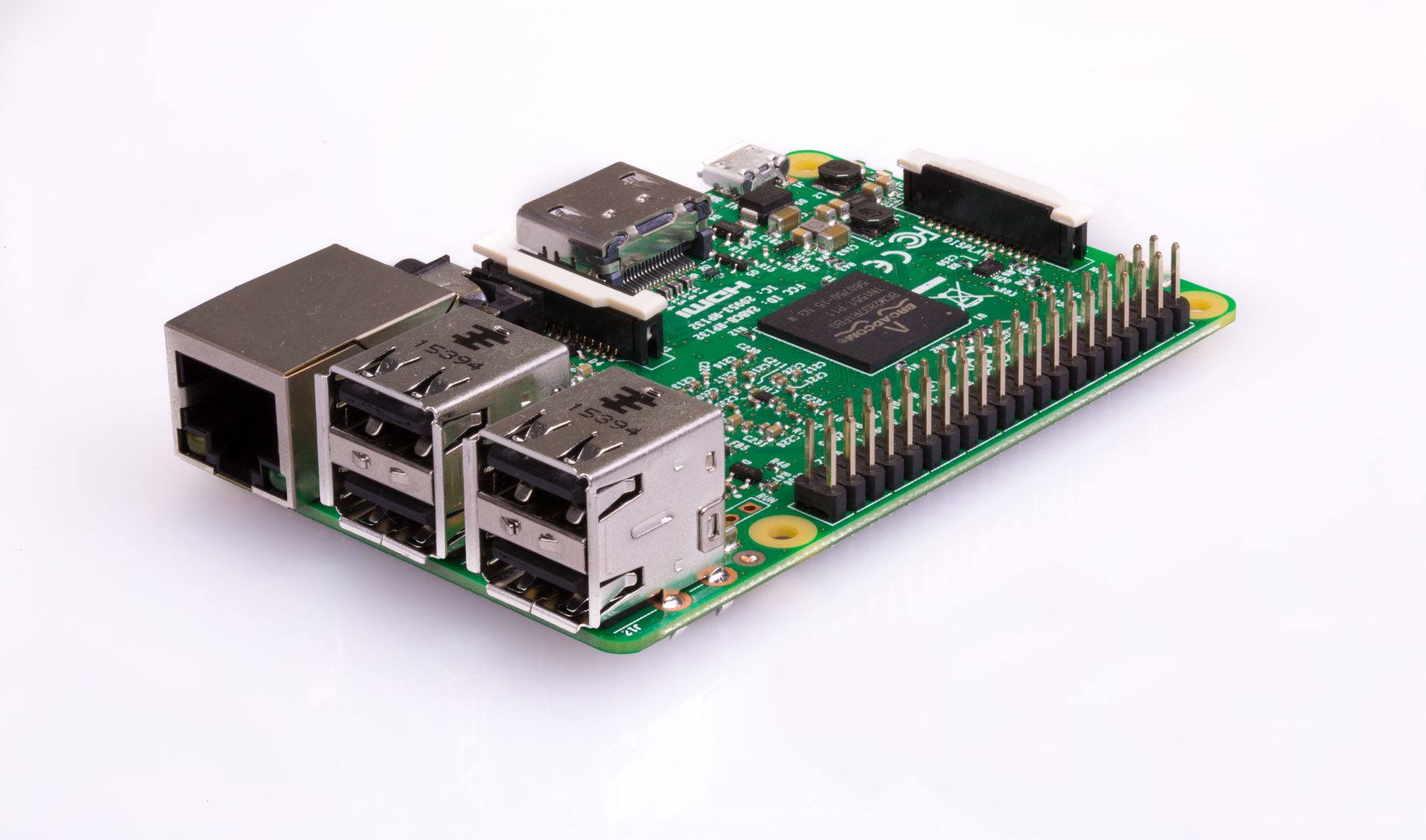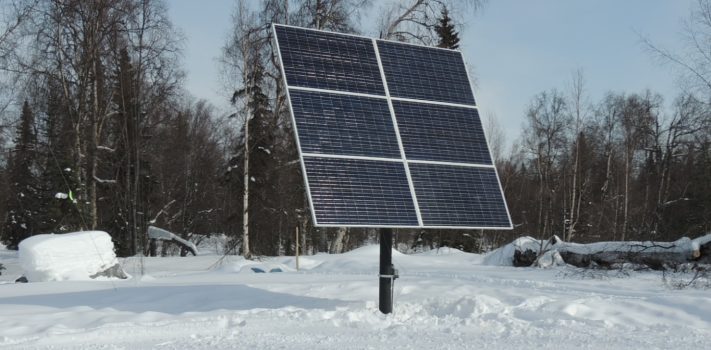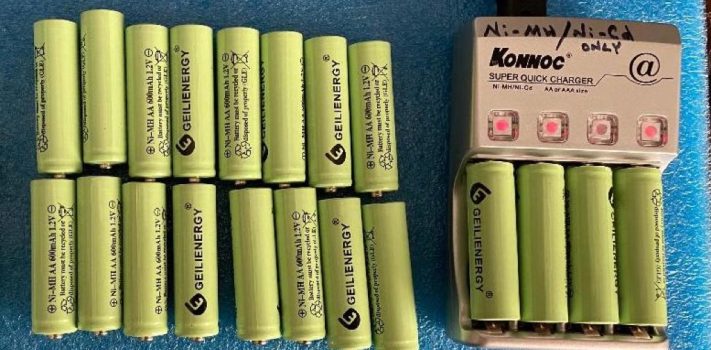How I Survived A Home Invasion – Part 3, by Mr. Y.
(Continued from Part 2. This concludes the article.) Part 3 – Lessons and Observations Unsurprisingly, I ran the whole episode over in my head quite a few times as the days and weeks went by. Small details that I had forgotten came back. Eventually, I thought it would be worth noting a few things to share with other people: The biggest takeaway was that things happened unbelievably fast. If my pistol had been in a different room, or been unloaded, or had the chamber empty, or had a manual safety, or was stored without the magazine in it, the outcome …








